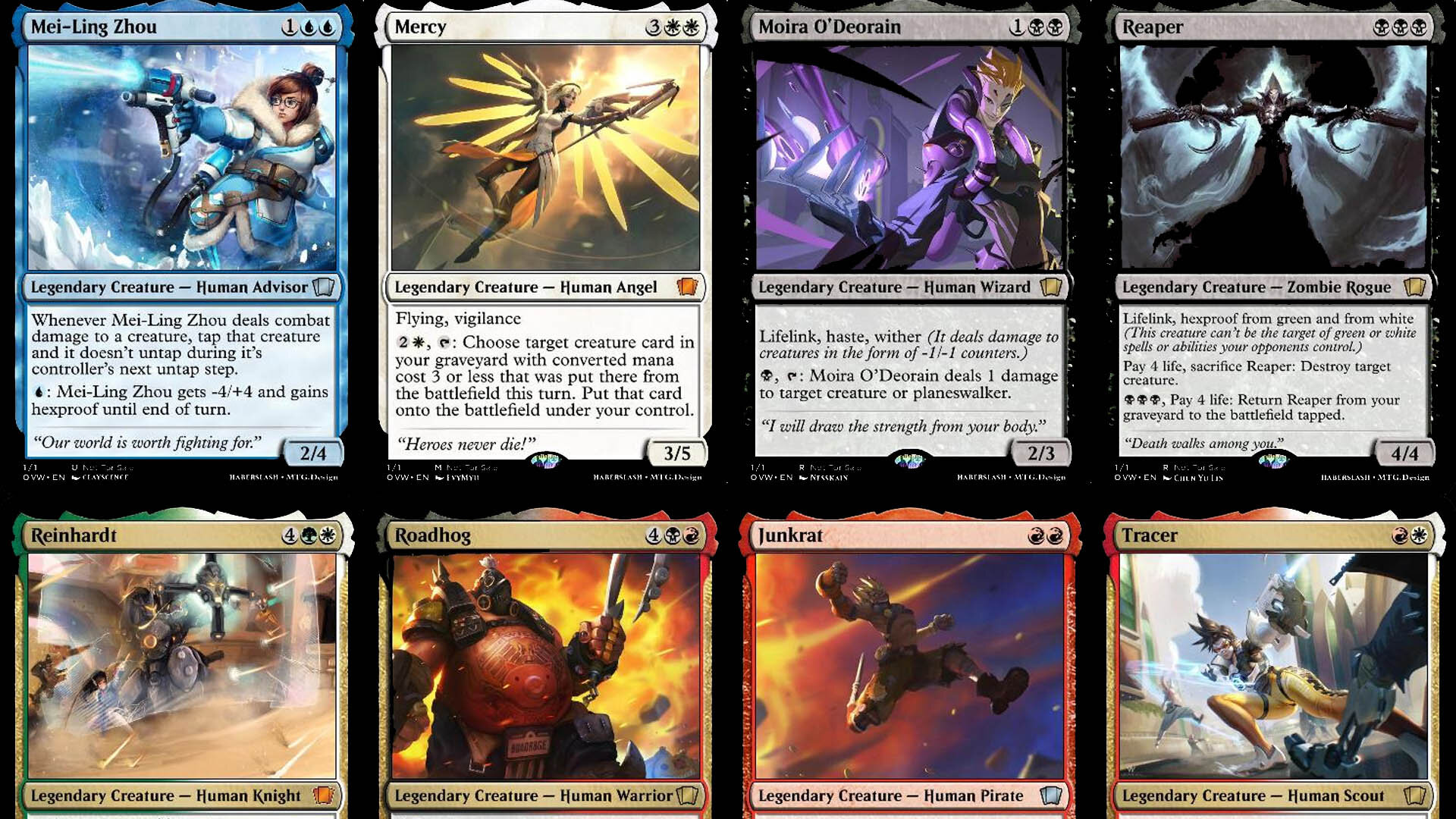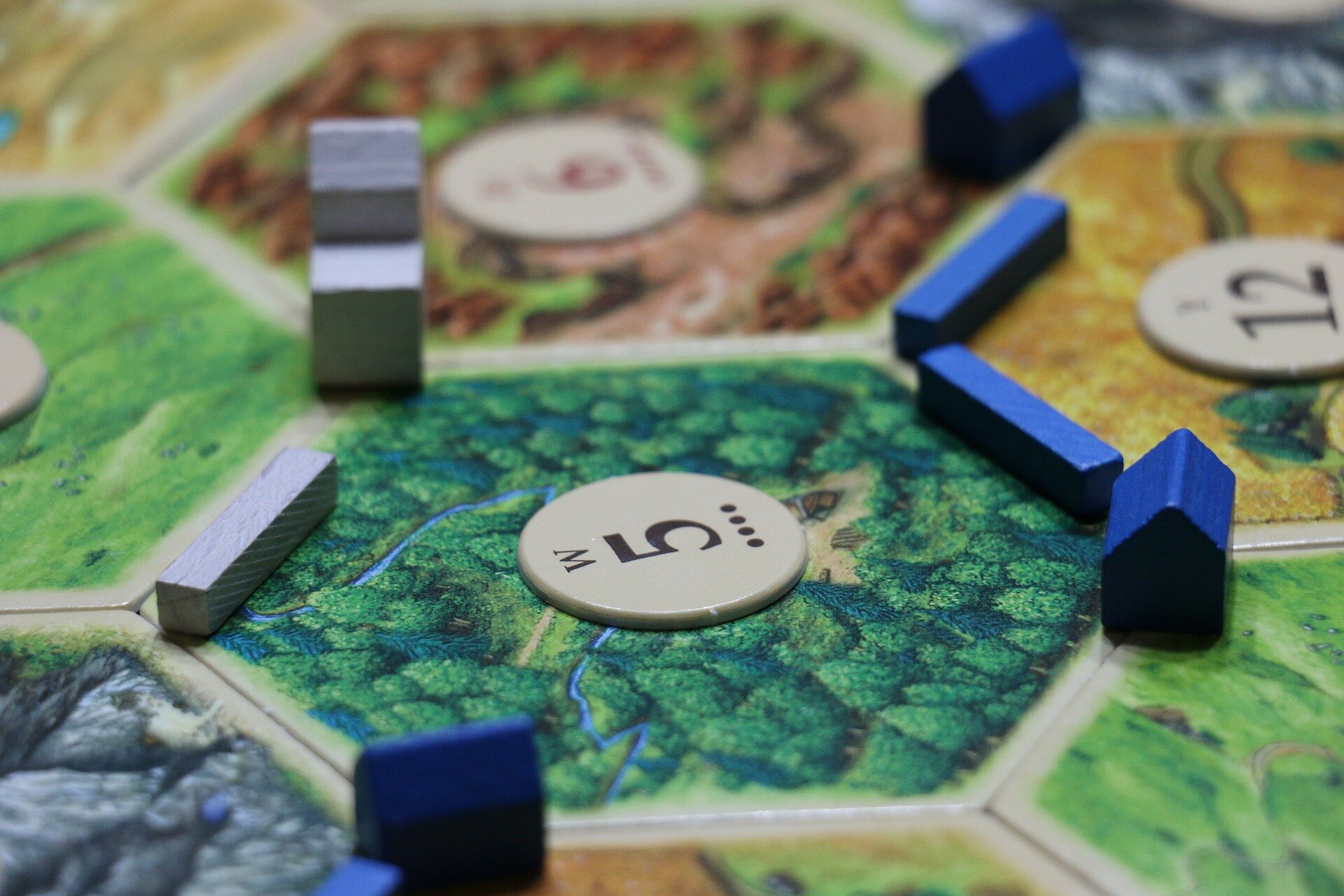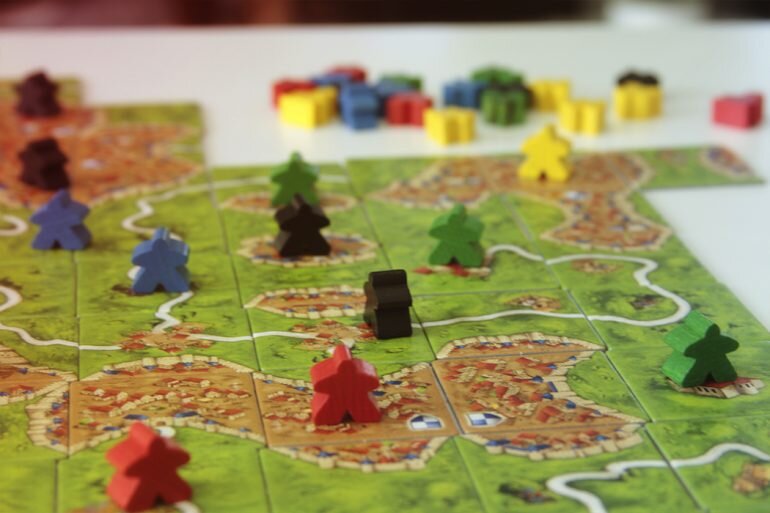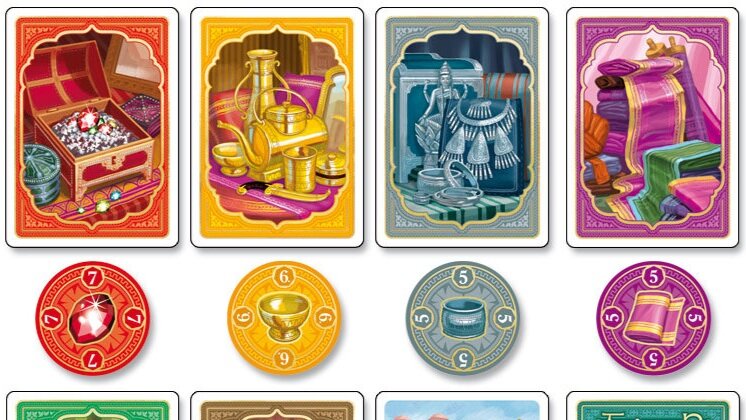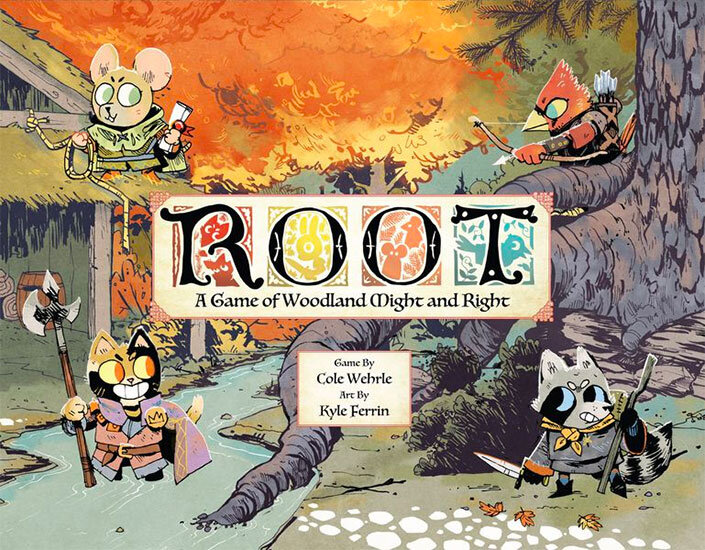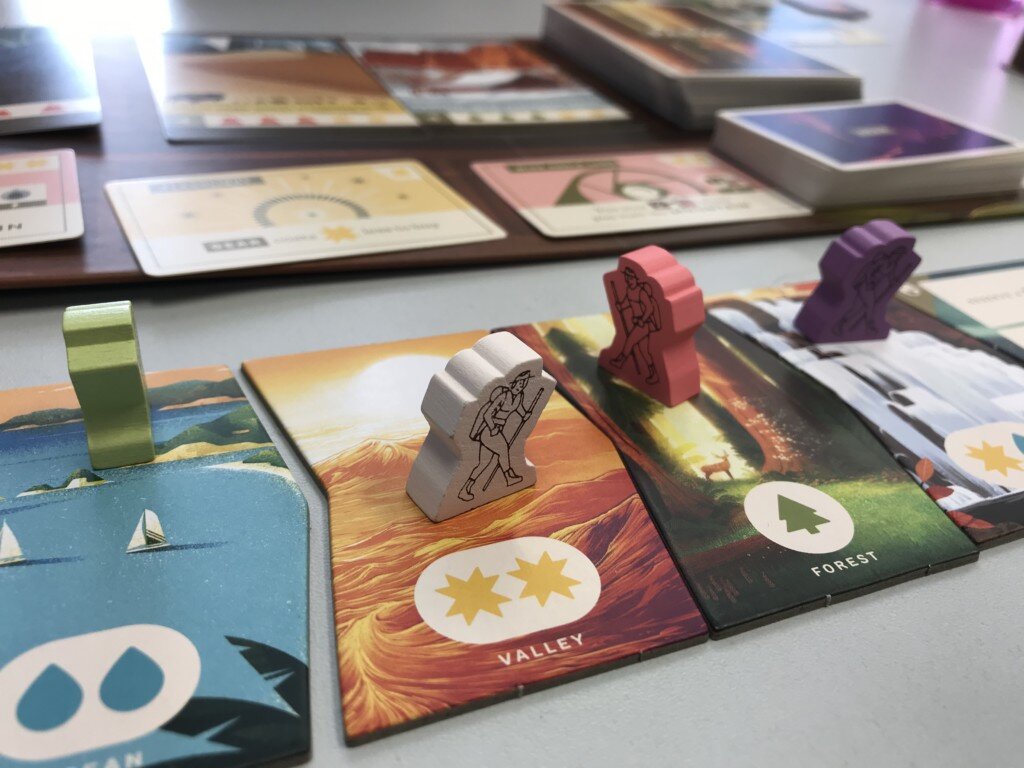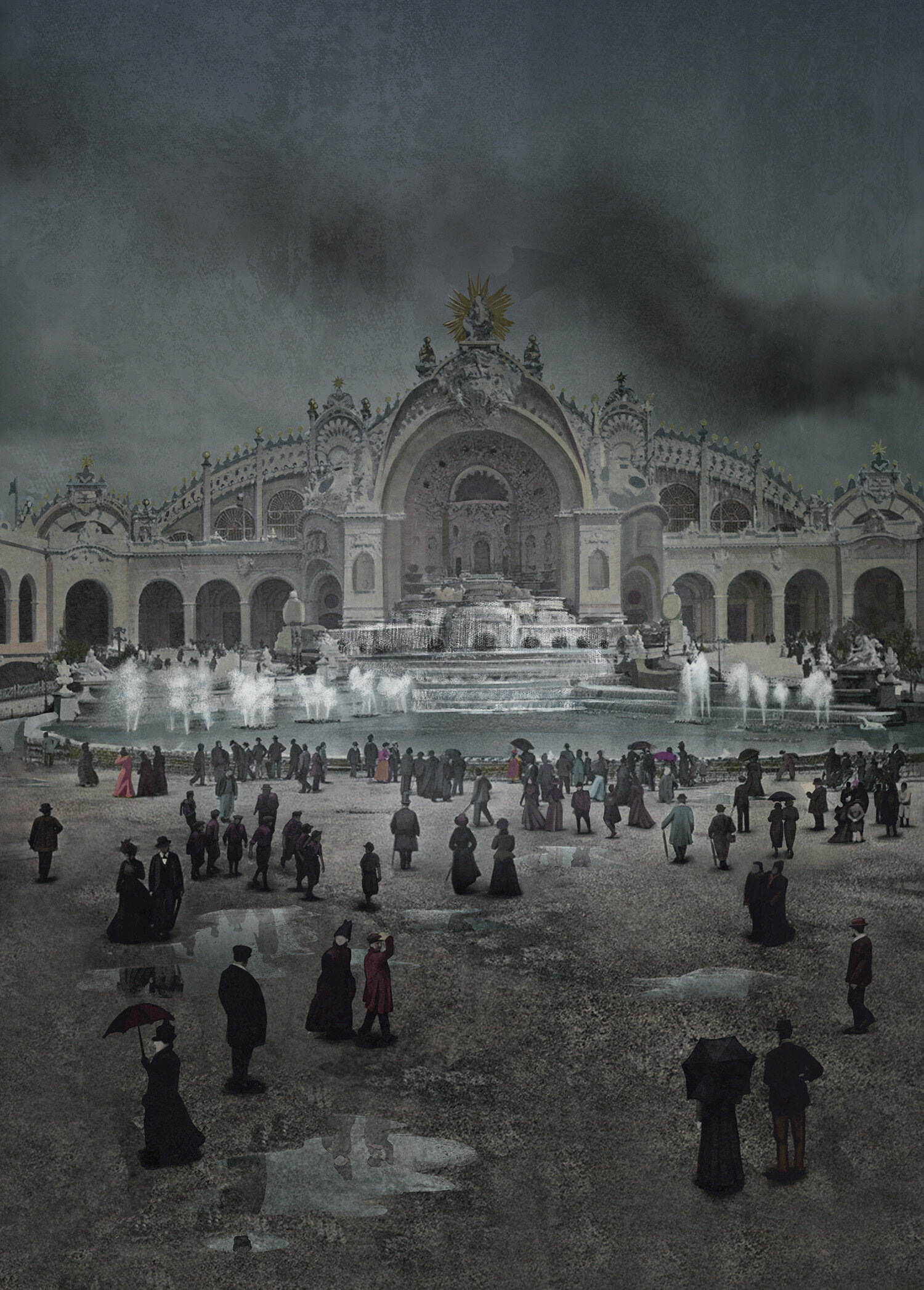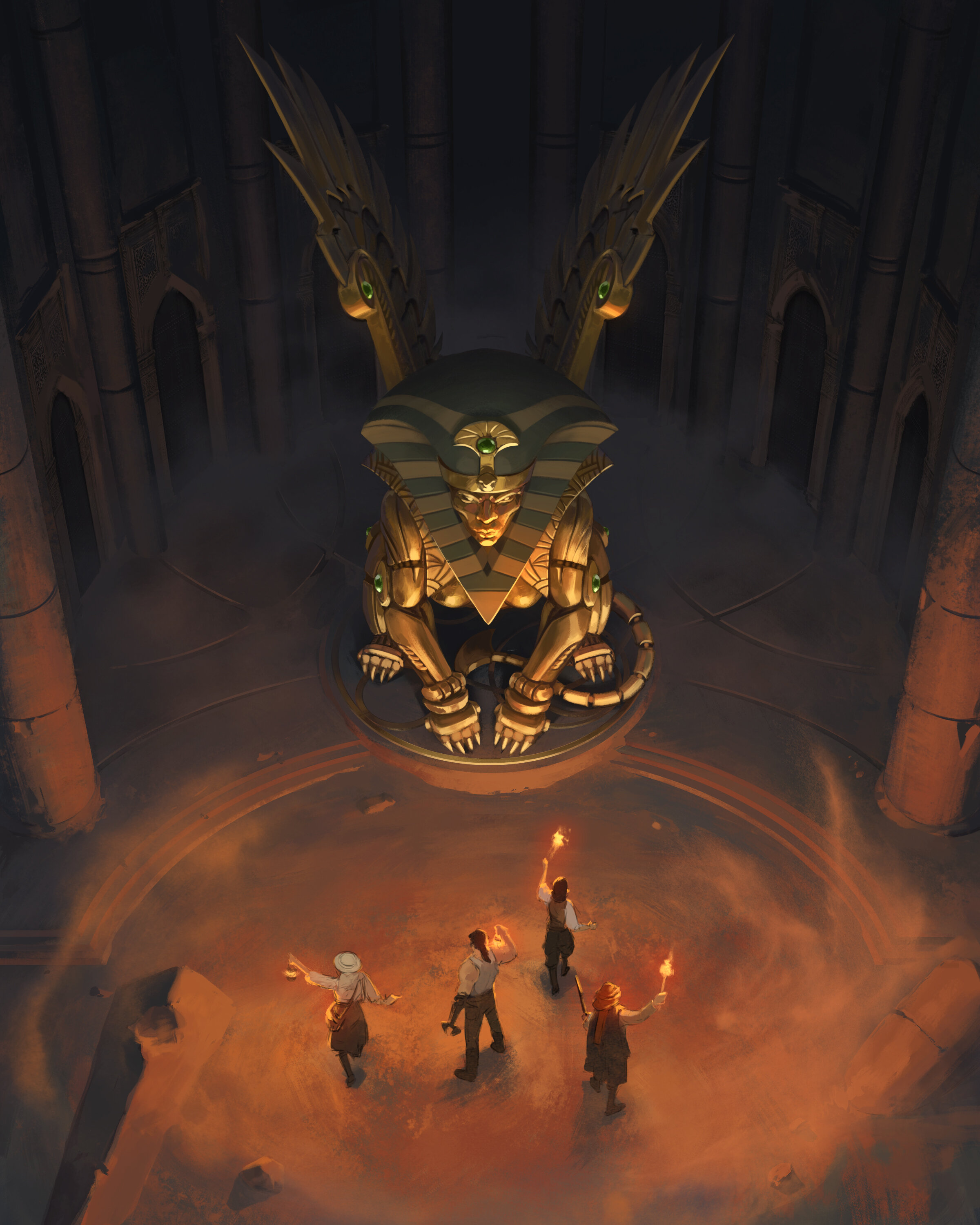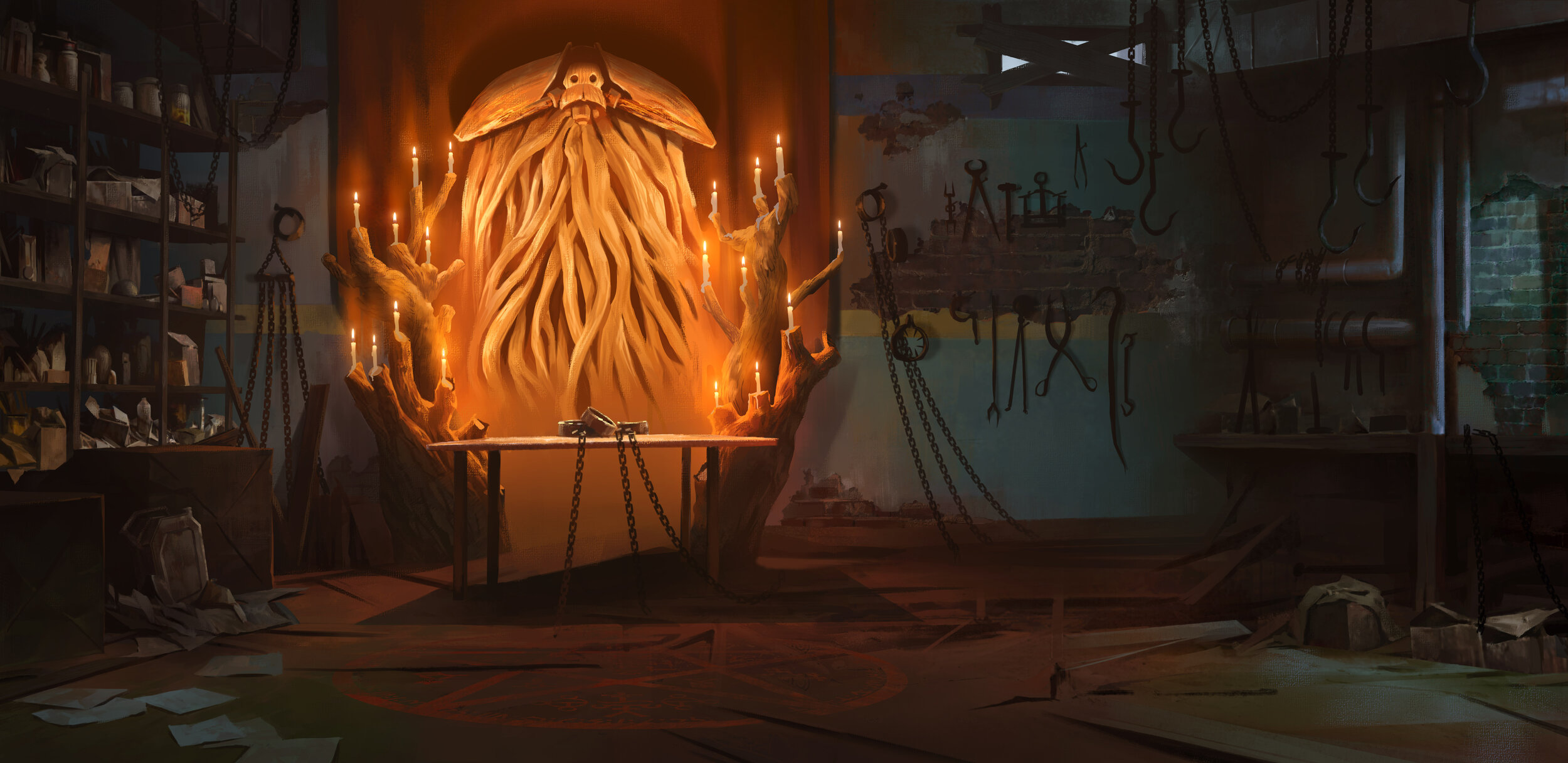Evolution of Art in Tabletop Games
In a previous post, we talked about 10 classical board games. They are as successful as when they were released, but a new generation doesn’t stop evolving for the last thirty years. Retail shops and board games cafes open all over the world to display all the novelties. We are living in a golden age of tabletop games in which artworks have a bigger importance than it used to have. Let’s understand how it was made possible, and how these new best-sellers are different from the titles everybody knows.
Several technological advances extended the possibilities for tabletop games making. The Internet and social media allow small publishers to gain visibility. The crowdfunding website Kickstarter is particularly active in the financing of these new games. For eleven years, small companies can get additional budget for their games thanks to Kickstarter’s campaigns. The more visual elements, videos… you show, the more people will want to invest. Publishers started printing in China because it was cheaper and there, catalogues offer many ways to print, cut… It opens the doors to more variety in what you can create for your games and technological improvements evolve every day faster.
Publishers want to display a special atmosphere in their game thanks to the art so that you can recognize the game among many others. The art creates the game’s identity, which is particularly important when so many novelties come out. It is a part in the game’s storytelling and the immersive experience when playing, compared to older games like the chess or Monopoly where the strategy is more developed than the visual side. Nowadays, art quality is as important as the gameplay for a game to become successful.
Fantasy was one of the most important themes for games’ rebirth with Warhammer, Dungeons & Dragons and the card game Magic: The Gathering. All released in the 1980s - 1990s, they are still played worldwide and inspire many tabletop games. They belong to the first modern games, but all of them weren’t set in a fantasy universe. Below, you can find examples of titles which initiated diversification in terms of topic, art, and gameplay.
At our studio, it is always a pleasure to work with the tabletop games publishers and be a part of their incredible creativity! Here few examples of what we created for this industry:




